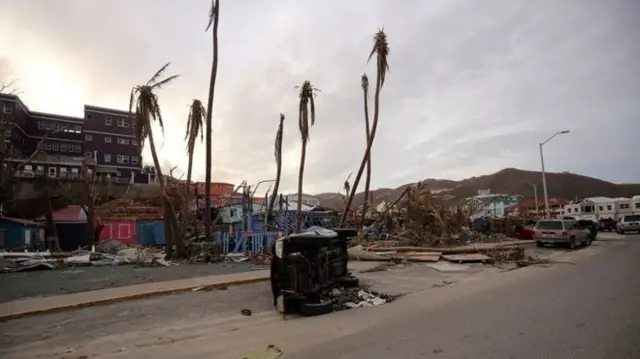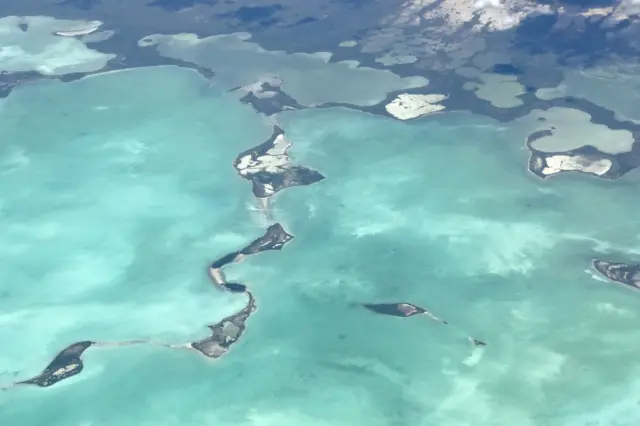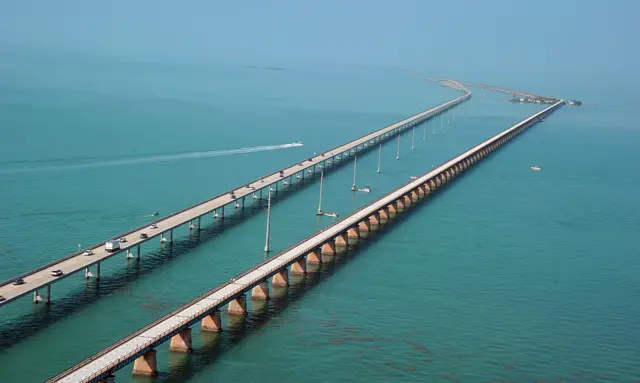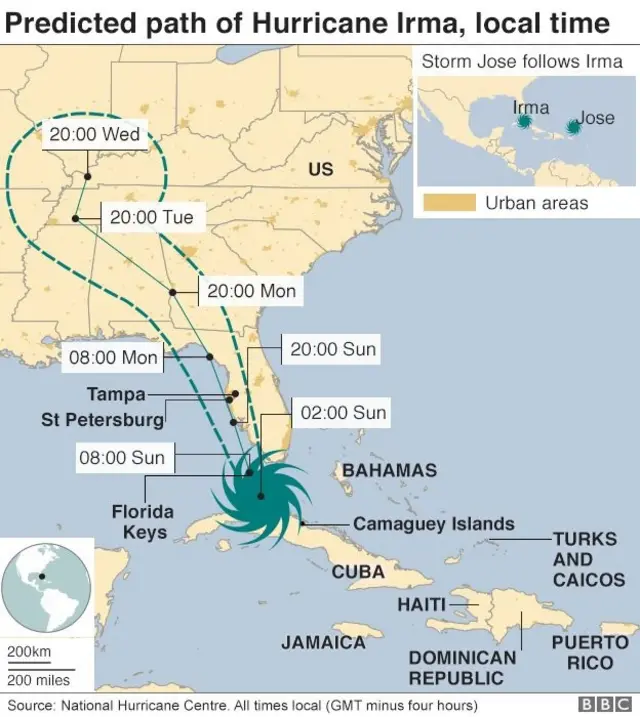Why are there tornadoes in a hurricane?published at 13:56 British Summer Time 10 September 2017
Allow Twitter content?
This article contains content provided by Twitter. We ask for your permission before anything is loaded, as they may be using cookies and other technologies. You may want to read and before accepting. To view this content choose ŌĆśaccept and continueŌĆÖ.
A number of tornado warnings have been issued for Florida as the state braces itself to be battered by Hurricane Irma's full force.
But is it normal or just bad luck to be hit by both at the same time?
┤¾Ž¾┤½├Į meteorologist Clive Mills-Hicks explains:
Hurricanes and tornadoes are typically thought of as separate phenomena, with tornadoes conjuring up images of the flat prairie and hurricanes associated with the warm, coastal tropics.
However, some tropical storms and hurricanes are capable of spinning up tornadoes, as Irma is expected to do. Hurricanes have all the necessary ingredients to create an environment perfect for tornado formations.
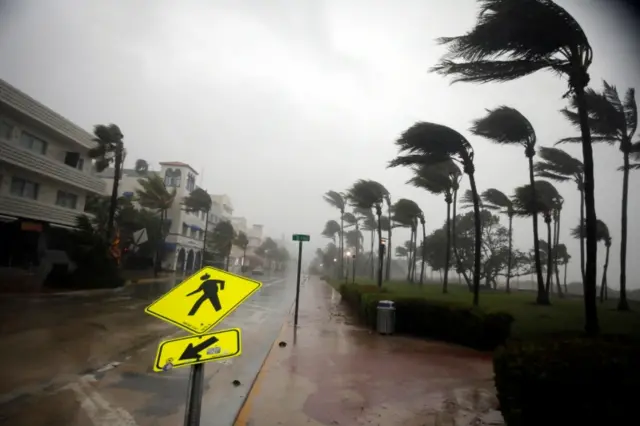 Image source, Reuters
Image source, ReutersFirst, hurricanes have within their circulation supercells, clusters of individual intense thunderstorm cells, which are rotating and well-organized. (These are typically the type of storm system that spin up twisters in the US plains.)
Second, hurricanes have the necessary very warm, moist air at the surface, which acts as their fuel and creates the instability essential for the supercells.
Finally, hurricanes always have wind shear, or an abrupt change in wind speed and direction with height. Shear like this sets up additional rotating motion on the horizontal, which can then flip into the vertical and generate tornadic spin. Most hurricanes that make landfall create tornadoes.
TheyŌĆÖre restricted to land areas, instead of over water, because friction over the land slows down surface-level winds, creating even more wind shear.
